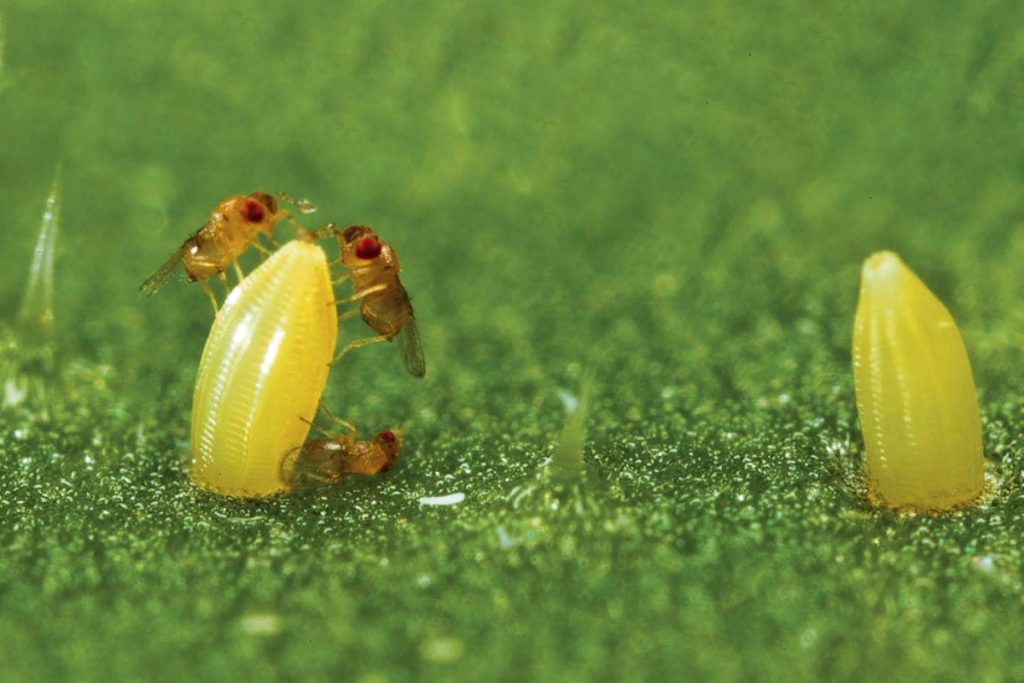In modern agriculture, in an era of fierce competition for crops, the pesticide load becomes very high. This burden is so high that agricultural producers are almost close to the border of benefit and harm. Benefits in terms of protection from pests and harm to the surrounding world and yourself, including. The world’s population is growing, and agricultural acreage is increasing accordingly. And this is nothing more than an increase
in the food supply for pests.
For quite a long time, agricultural producers have been carrying out effective pest control measures using insecticides, or in other words, using poisons. And everything would be fine, even if we do not take into account that the entomofauna adjacent to the cultivated areas suffers… But there is one “But”. Recently, the effectiveness of modern drugs on insect pests, and especially on Lepidoptera, has begun to decline. Often, even an increase in the dosage of drugs does not reduce the pest population to the required thresholds. But other insects, including honeybees, are dying out EN masse. It turns out that the pest adapts even to newly invented drugs.
The question is: “is there a way to stop insect pests at all? And it is desirable that the method is more environmentally friendly.”
It turns out that there is a way. And this method was invented by nature itself. In nature, there is an insect entomophage-an egg-eating fly, called a trichogram. This insect destroys the clutches of the pest, even before it hatches. Trichogramma is grown in special laboratories in large quantities so that the farmer can settle it on their crops and thereby protect the crop. This is not a new invention. This method was developed during the Soviet era and is still used in some countries in the former CIS. Why does this natural insect not destroy the clutches of the pest on its own and does not reproduce in the fields? Yes, because the fields are treated with insecticides, which also destroy the trichogram.
Let’s look at the advantages of this method of pest control. There are a lot of advantages:
- trichogram destroys the pest before it appears on crops;
- the use of trichogram is environmentally safe and reduces the pesticide load on plants;
- trichogram is safe for humans, animals, water bodies, and bees, so it can be used near localities and reservoirs.
- with timely application, the effectiveness of the trichogram is higher than that of pesticides.
Are there any disadvantages to this method? Unfortunately, Yes. But they are more related to the organization of the process than to the negative effects. The first relates directly to the agricultural producer. The effectiveness of pest destruction depends on the timely settlement of Trichogramma on crops. To settle the trichogram, it is necessary to track the so-called “age” of the pest. This requires the farmer to be very vigilant during a certain period and visit the crops daily, sometimes several times a day. But when you get some experience in processing, the tracking scheme turns into a series of procedures and a sequence of necessary actions that are no longer as burdensome as at the initial stages.
The second disadvantage is associated with the production of the trichogram itself. With the collapse of the Soviet Union, the production of trichogram stopped throughout the country, with the exception of a few regions. Therefore, the number of individuals that the remaining laboratories can produce today is not so large. But demand creates supply. Therefore, everything will change when this method of pest control is popularized.
* this page has been translated automatically


